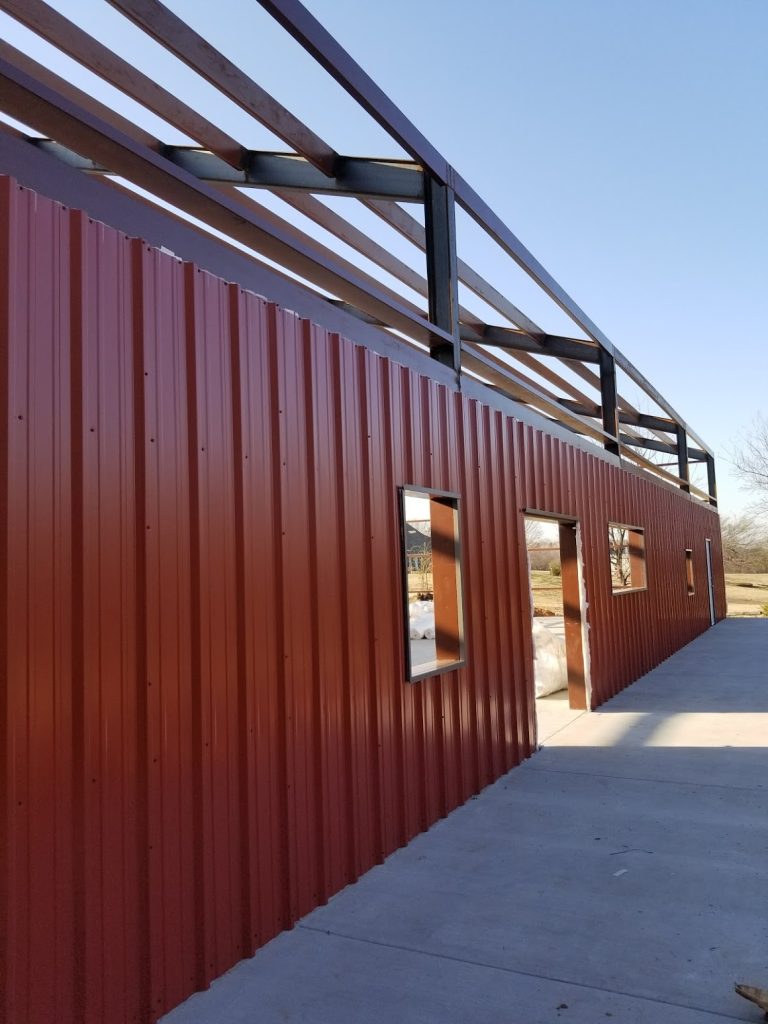When it comes to meeting the most demanding building requirements, high-strength metal construction solutions stand as a pillar of reliability and durability. In today’s rapidly evolving construction landscape, where efficiency, safety, and structural integrity are paramount, metal materials offer unmatched performance across a wide range of applications. Whether you are constructing towering skyscrapers, large-scale industrial facilities, or complex infrastructure projects, high-strength metal alloys such as steel, titanium, and aluminum are essential for ensuring the stability and longevity of structures. These materials provide superior load-bearing capacity, resistance to harsh environmental conditions, and the ability to withstand extreme stresses, making them ideal for projects where conventional building materials might fall short. High-strength metals offer several advantages over traditional construction materials like wood or concrete.
For starters, they have a much higher strength-to-weight ratio, allowing for lighter frameworks that still offer immense strength and resilience. This characteristic is especially crucial in structures subjected to seismic forces, heavy winds, or extreme weather conditions, as high-strength metals can absorb and distribute these forces without compromising the structure’s integrity. Furthermore, these materials can be designed with precise tolerances, ensuring that every component fits together perfectly for an efficient assembly process, ultimately saving time and reducing the risk of construction errors. One of the defining features of high-strength metal construction solutions is their ability to adapt to a wide range of building environments. Metals like steel and titanium can be coated or treated to provide additional resistance to corrosion, making them suitable for use in coastal areas, chemical plants, or other environments where exposure to moisture or corrosive substances is a concern. From intricate facades to expansive open spaces, these materials can be shaped and fabricated into almost any form, opening up new possibilities for creative design.
This versatility also extends to temperature tolerance, with certain metals capable of withstanding extreme heat or cold without compromising their structural properties. These qualities not only enhance the durability of the finished structure but also reduce long-term maintenance costs, as high-strength metals are less prone to degradation over time compared to other materials. In terms of sustainability, high-strength metal construction solutions are gaining recognition for their environmental benefits. Many of the metals used in construction are recyclable, and advancements in manufacturing technologies have made it possible to reduce the carbon footprint associated with metal production. Additionally, metal contractors the long lifespan and reduced need for frequent repairs or replacements make metal a more sustainable option in the long run, as it minimizes the need for resource extraction and waste generation. For architects and engineers, the design flexibility offered by high-strength metals allows for innovative solutions that push the boundaries of traditional construction.